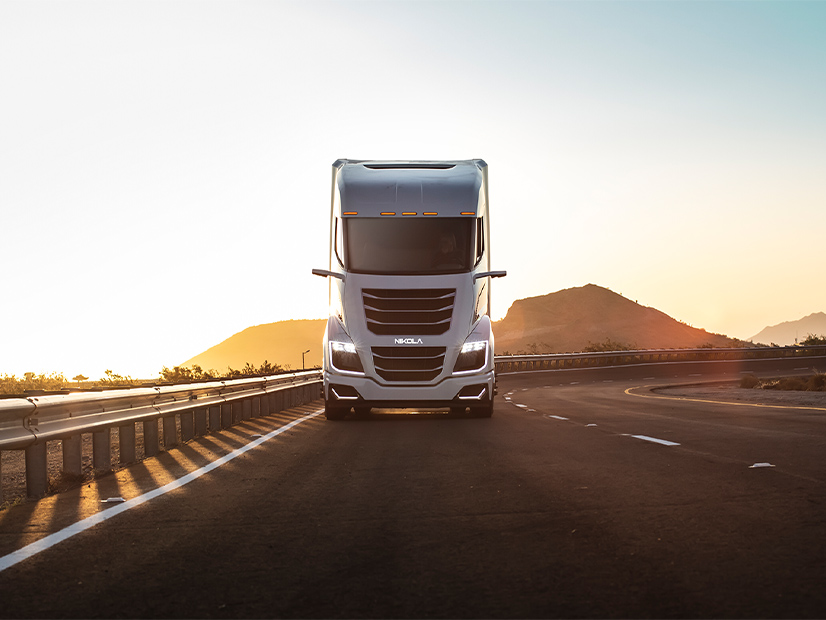
New York has joined the short list of states to finalize regulations designed to spur the market for zero-emission medium- and heavy-duty vehicles (Z-MHDV).
The Department of Environmental Conservation on Wednesday adopted amendments that incorporate California’s Advanced Clean Trucks (ACT) rule into New York’s existing low-emission vehicle program. New Jersey, Oregon and Washington also adopted the regulations last year.
Under the rule, which California added to its state codes last spring, Z-MHDV sales requirements will increase gradually starting with model year 2025.
In 2035 and thereafter, New York’s annual Z-MHDV sales must be:
- 55% for vehicles weighing 8,501 lb. to 14,000 lb., such as full-size pickup trucks, small utility trucks, cargo vans, and passenger vans;
- 75% for vehicles weighing more than 14,000 lb.; and
- 40% of MHDVs designed to pull trailers.
Manufacturers will accrue credits for in-state Z-MHDV sales that can be banked and traded in New York. In addition, the rule requires manufacturers to report sales information and credit trades annually to demonstrate compliance.
New York has about 685,000 MHDVs that emit 15.4 million metric tons of greenhouse gases annually, representing 24% of the state’s on-road vehicle emissions, according to an analysis of the state’s ACT program that was backed by the Natural Resources Defense Council.
Adopting ACT, according to the report, will provide an estimated net societal benefit of $19 billion through 2050. Those benefits include annual electric utility bill savings of $325 million from increased electricity sales for Z-MHDV charging.
ACT also will cut MHDV fleet fossil fuel use in half by 2050, and fleet charging will increase electricity use from an estimated baseline for the year by 7% to 10.1 million MWh, the report said. In terms of GHGs, the report said ACT will reduce emissions by 64 million metric tons over 30 years.
Adoption of the regulations demonstrates the state’s commitment to protecting communities from pollution, said Mary Barber, director of regulatory and legislative affairs at Environmental Defense Fund.
“Now, policymakers, utilities and the private sector must come together to build the charging infrastructure necessary to fuel these zero-emission trucks, which will ensure they are on New York’s roads as soon as possible,” Barber said.
Statewide, there are only 128 fast-charging ports available to any vehicle, the report said, adding that fleet owners, government and private entities need to invest $131 million per year in charging infrastructure from 2025 to 2050 to support the new regulations.
New York Gov. Kathy Hochul in September signed a bill requiring all new passenger cars and trucks sold in the state to be zero-emission by 2035. The law includes a mandate for all MHDVs to be zero-emission by 2045, where feasible. In addition, it directs lead state agencies to develop a zero-emission vehicle market strategy by January 2023.


